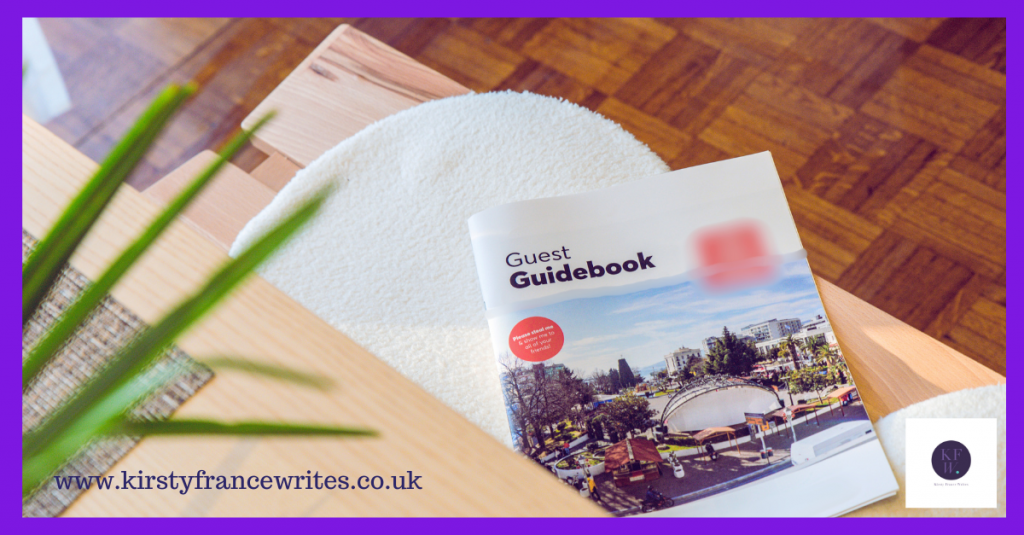
You know that good customer service is vital to your business. You might think that marketing is all about bringing in new people, but it can also look after your existing customers.
It’s about going above and beyond basic information, like your delivery updates, booking confirmations and contact details. Here are my favourite ways to use your content marketing to look after your existing customers.
Product tips and tricks
Showing customers how to get the best out of a product they’ve already bought shows them you’re interested in more than their money. You want them to get the best results. Instructions on product use are essential, but you can enrich the experience with advanced tips or alternative uses. This could help you attract new customers and support existing ones with the same content.
Sudocrem did this in a recent advert. It’s famous as a nappy cream, but they showed how it can be used on injuries or for skin conditions.
Getting ready
Sometimes, the best way to support your customers is to help them prepare in advance. If they’ve booked a beauty treatment, you should provide safety information, but you can also offer advice on how to make their spray tan last longer or maintain their hair between appointments.
Holiday packing lists can reduce their stress, or if you sell meal kits, you could let them know what kitchen equipment they’ll need. You can use all of these as blog posts to give your audience a taste of the customer experience you offer. It’s even better if you recommend things you don’t sell, as it shows you’re not just looking to make another sale.
Destination guides
I love planning holidays and looking for fun things to do while I’m away with my family. We’ve had some holidays with Eurocamp over the past few years, and they send destination guides via email. Eurocamp design the guides for their customers, so they include details of the facilities and activities on site. However, they also tell you about other things to do in the area, how far away they are and what age group they suit. If I’d written something like this I’d put it on the website too, to attract people who haven’t chosen their destination yet.
I used to write blogs for a holiday park, where customers owned their static caravans. We got great feedback; customers felt the owners cared and wanted them to enjoy their time away.
User-generated content
Big brands often use user-generated content, which is a great way to generate social proof with minimal effort. Encourage your customers to use your product, take a photo of themselves and share it on social media with a hashtag that’s specific to your business.
If you’re sending a physical product, you could include an extra treat, like some sweets or a bar of chocolate, with their order. Alternatively, ask them to showcase the results they’ve achieved with your product by sharing before-and-after photos. You can offer an incentive, such as a discount or entry into a prize draw, for anyone who posts.
Repurpose everything
There’s more than one way to use your content. User-generated before and after photos can go into your emails, website and sales pages, as well as social media. Start with a simplified version of your destination guide on a sales page and create a longer one for customers who’ve already booked their holiday.
You can use almost anything in an email and a blog post. For example, if your customer’s meal kit is on its way, you can let them know what kitchen equipment they’ll need. It could also encourage people who are reluctant to try your product because they’re worried they’ll need lots of fancy kitchen gadgets.
If you want to create marketing content to look after your existing customers and speak to your target audience, I can help.
When you work with me, I’ll get to know you and your business. I’ll suggest topic ideas if you need them, and we’ll spend half an hour a month (or longer if you prefer) chatting about your business and our latest topic. Then I’ll write a post that sounds like the best version of you and that your audience will love. To find out more, email me to arrange a chat or book a call.
Alternatively, sign up for my mailing list here, and you could win a free copy makeover.

